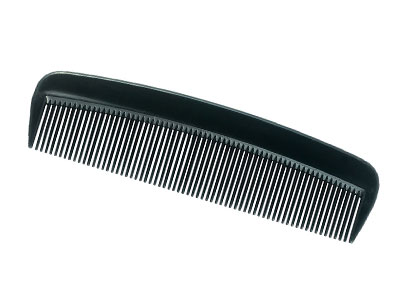How can I move water with just a comb?
How does this align with my curriculum?
BC
6
Science Grade 6 (June 2016)
Big Idea: Newton’s three laws of motion describe the relationship between force and motion.
YT
6
Science Grade 6 (British Columbia, June 2016)
Big Idea: Newton’s three laws of motion describe the relationship between force and motion.
AB
6
Science 6 (2023)
Energy: Understandings of the physical world are deepened by investigating matter and energy.
AB
9
Knowledge and Employability Science 8, 9 (revised 2009)
Unit D: Electrical Principles and Technologies
NU
9
Knowledge and Employability Science 9 (Alberta, Revised 2009)
Unit D: Electrical Principles and Technologies
NT
9
Knowledge and Employability Science 9 (Alberta, Revised 2009)
Unit D: Electrical Principles and Technologies
